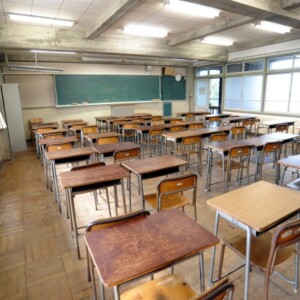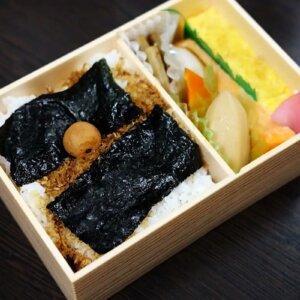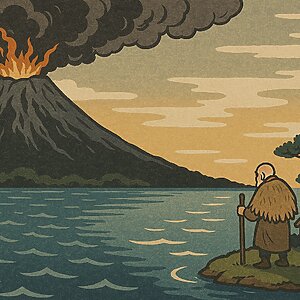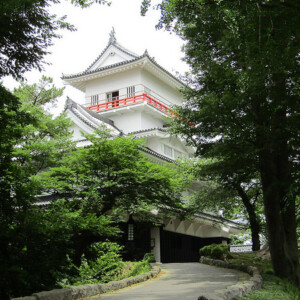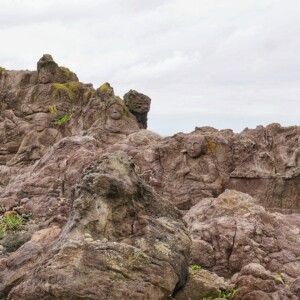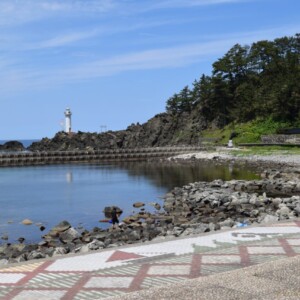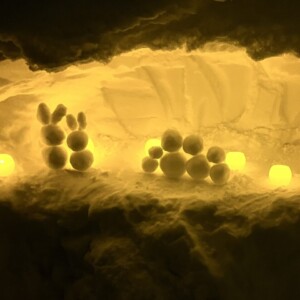
[History of Hachirogata Reclamation 2] How was the reclamation ground created? [Hachirogata Town, Akita Prefecture]
table of contents
- 1 ``Poldering'' involves enclosing a part of the ocean or lake with an embankment and draining the water to use the land that emerges.
- 2 "Reclamation": creating new land by filling in areas such as coasts and oceans
- 3 Water management is the biggest lifeline in land reclamation
- 4 Building an embankment is extremely difficult. The ground at the bottom of the lake was soft. Using sludge from the lake bottom as the base of the embankment
- 5 Purchased a small mountain near the historical site Mikurahana to secure reinforcement rocks.
- 6 Hachiro Lagoon, where Masumi Sugae visited many times. ``Mikurahana'' has a legend.
The reclamation of Hachirogata took 21 years from 1957 to 1977, creating a vast area of 15,666 hectares. Ogata Village has been built there
Japan, a country surrounded by the sea and with little flat land, has little land that can be used as farmland, and has been suffering from a chronic shortage of farmland. The only way to increase farmland is to clear mountains, or fill lakes and shallow beaches with earth and sand, or drain water to turn them into farmland.
``Poldering'' involves enclosing a part of the ocean or lake with an embankment and draining the water to use the land that emerges.
Reclamation a method of building embankments in shallow seas, lakes, and marshes to pump out the water and use the land at the bottom as is. Reclamation can create vast areas of land because there is no need to transport large amounts of soil. Much of this is being done to expand farmland. It has a long history, and is thought to have first been practiced in the Ariake Sea Kojima Bay (Okayama Prefecture) and Isahaya Bay (Nagasaki Prefecture). , Kahoku Lagoon (Ishikawa Prefecture), Inbanuma (Chiba Prefecture) are known as large-scale reclaimed lands. The last reclamation project was the National Isahaya Bay Reclamation Project , which was completed in March 2008 (as of 2024)
"Reclamation": creating new land by filling in areas such as coasts and oceans
On the other hand, `` reclamation '', which involves filling oceans, lakes, and marshes with earth and sand, has been popular since ancient times. Land reclamation is mainly used to expand land and add port facilities, or to build artificial islands for use in towns, factories, airports, etc. In the old days, it was also used as a gun battery. It is believed that the first Kyogashima , which was built off the coast of Kobe City, Hyogo Prefecture by Shogun at the end of the Heian period Is not).
Typical landfill sites include Dejima (Nagasaki Prefecture), Odaiba (Tokyo), Port Island (Hyogo Prefecture), Kansai International Airport (Osaka Prefecture), Haneda Airport What is surprisingly little known is Ginza and Tsukiji (Tokyo), which were built during the Edo period, and were created by feudal lords from all over the country to reclaim land in Tokyo Bay in front of Edo Castle by transporting earth and sand from Mt. Kanda behind Edo Castle. Regarding land reclamation, many large-scale projects are currently underway, including in Tokyo Bay, Osaka Bay, and Henoko, Okinawa Prefecture (as of 2024).
Water management is the biggest lifeline in land reclamation
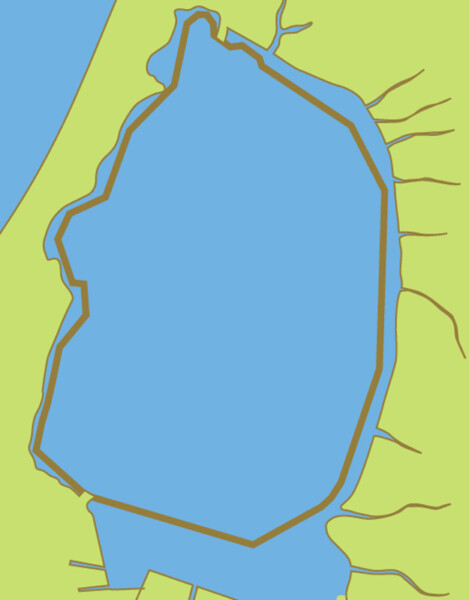
The method of reclamation of Hachirogata is to reclaim approximately 70% of the center of the lake and leave the lake water in the surrounding area. The construction work begins by building an embankment surrounding the reclaimed land and draining the water inside. The reason why the lake water was left outside the embankment was to regulate the inflow of river water and to secure water for agricultural and domestic use that would be needed after the land reclamation was completed.
The role of embankments is to prevent water from entering from outside. Reclamation simply removes water, so the elevation of the newly created land is approximately the same as or lower than the water level. Therefore, unexpected water coming in from outside can kill the reclaimed land. Drainage pumps were installed at several locations on the embankment. Drainage pumps are used to drain water from reclaimed land to the outside, and even after reclamation is complete, they are used to drain excess rain, agricultural water, and domestic water.
The total length of the embankment construction was 51.5km, leaving behind a large remaining lake (retention pond) of 4,000 hectares on the south side. Other than that, a waterway-like lake surface (shosuiro) surrounds the reclaimed land.
Building an embankment is extremely difficult. The ground at the bottom of the lake was soft. Using sludge from the lake bottom as the base of the embankment
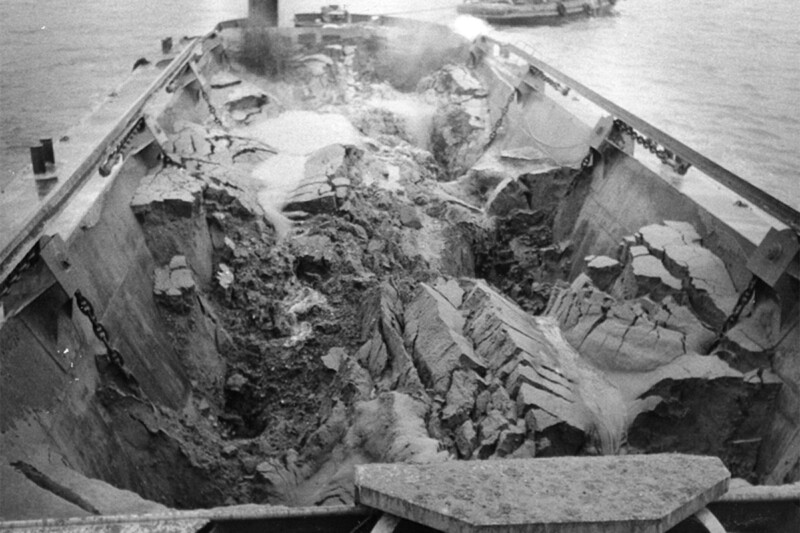
Hachiro Lagoon was suitable for reclamation as the water depth was shallow and the lake bed was flat, but the ground was so soft that the bottom of the lake had a layer of soft sludge up to 50 meters deep. In order to reclaim land, an embankment must be built on top of the ground before the project itself can begin. This was not possible with Japan's technology, but the Netherlands, an advanced country in land reclamation, had a construction method that could solve this difficult problem.

Building an embankment requires a large amount of earth and sand, but there are not many mountains around Hachirogata where earth and sand can be collected. But this sludge layer helped with this. In other words, we discovered that it is possible to build embankments using the sandy sludge on the bottom of the lake. However, just mounding sand would cause it to break quickly, so we paved the surface with asphalt to increase its strength.
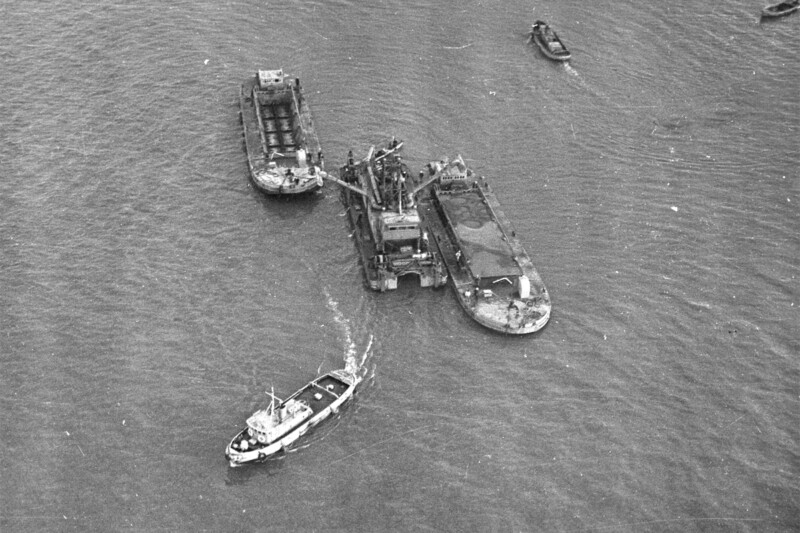
Purchased a small mountain near the historical site Mikurahana to secure reinforcement rocks.
Even though it has been reinforced with asphalt, it is still not perfect. Therefore, in order to strengthen the embankment and reduce the force of the waves, we decided to line up large stones at the foot of the embankment (rubbery construction). The big problem was where to procure the enormous amount of rock needed for the long embankment, but this is a top priority project for the country. I ended up buying one of the mountains nearby.
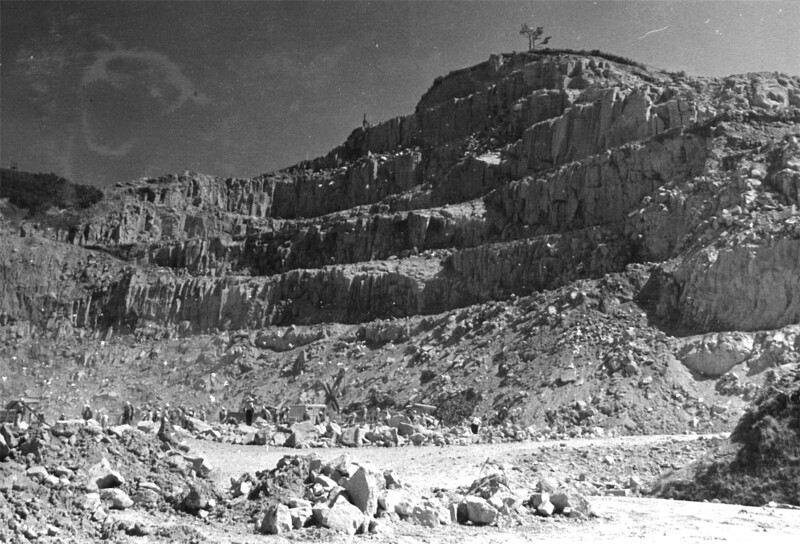
The area that was purchased to strengthen the embankment was Mikurahana , a scenic spot located on the central east bank of Hachirogata, on the border of Hachirogata Town and Mitane Town. It is said that 1.24 million tons of rock was transported from Mt. Chikushi , a small mountain adjacent to Mt.
The reclamation of Hachiro Lagoon was completed on November 12, 1963 (Showa 38), but the rubble stone construction took until 1964 (Showa 39).
Once the embankment is completed, it's time to drain the water and create the land.
Hachiro Lagoon, where Masumi Sugae visited many times. ``Mikurahana'' has a legend.
Mikurahana is a small hill along Hachirogata, and is a historical landmark connected to the legend of Hachirotaro (the ``Legend of the Three Lakes of Hachirogata''), which is where the name Hachirogata comes from. From the observation deck, you can see the former Hachiro Lagoon, which has been reclaimed and turned into a rice field. There is also a monument (the ``Hachirogata Reclamation Survey Memorial Tree'') that was planted by Professor Janssen, a Dutch reclamation expert, and Engineer Volker, who visited the area to survey the area, before the Hachirogata Reclamation began.
Most of the coast of Hachirogata is flat, but the mountain slope of Mikurahana falls directly into Hachirogata, making it a bit of a difficult point on the road that runs along the east bank of Hachirogata to Noshiro and Tsugaru. However, because Mikurahana was a scenic spot with lush pine trees and Hachirogata Lagoon stretching out in front of you, it is said that many people used this road from the Edo to Meiji periods, and the Kubota clan maintained the road. Masumi Sugae also visited Mikurahana and left behind illustrations.
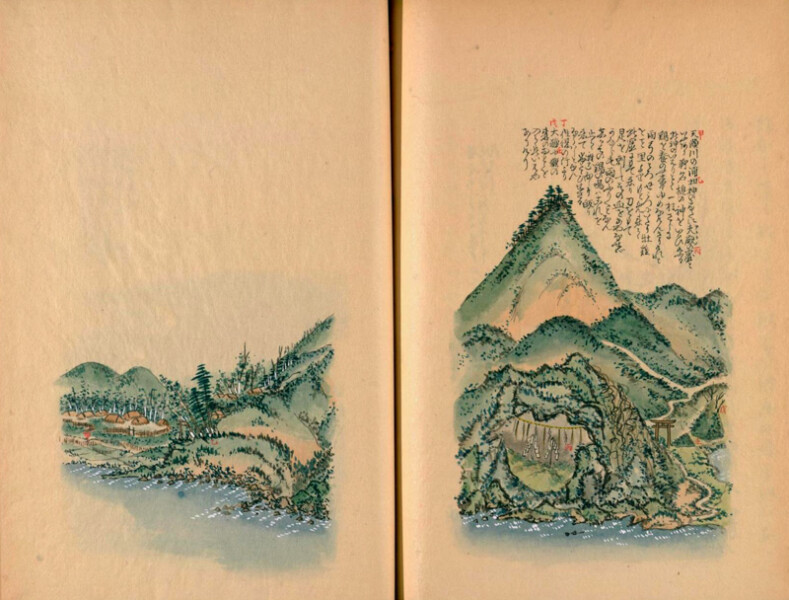
Mt. Chikushi is a small mountain on the opposite side of the JR Ou Main Line that runs east of Mikurahana, and the base of the mountain is maintained by Hachirogata Town as Hizuraoka Park. There is a place in the back of the park that is still used as a quarry, but there are traces of what appears to be a quarry carved out for Hachiro Lagoon in a part of the quarry.
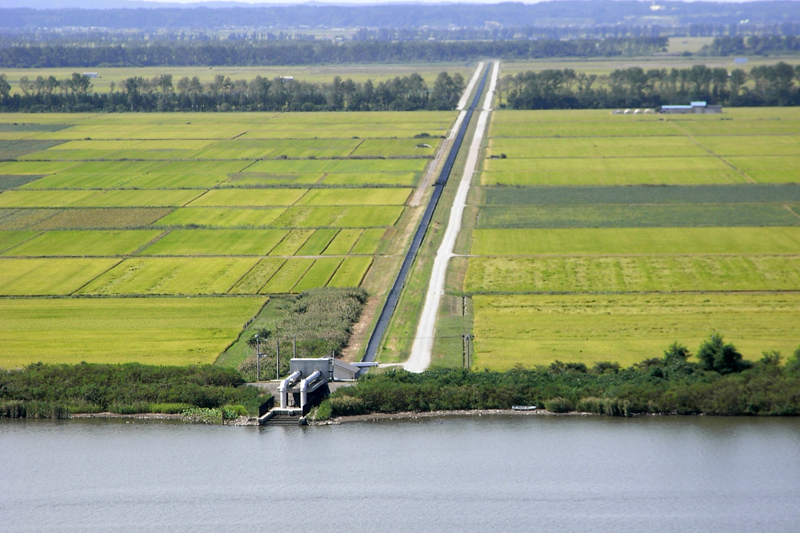
Mikurahana Park<Information>
- Facility name: Mikurahana Park
- Location: Masaka Mikurahana, Hachirogata Town, Akita Prefecture
- Phone number: 018-875-5803 (Hachirogata Town Industry Division)
- Freedom to stroll
- access:
- Public transportation: Approximately 5 minutes by taxi from Hachirogata Station on the JR Ou Main Line
- Car: Approximately 5 minutes from Akita Expressway Gojome Hachirogata IC
Google Map
Hachirogata reclamation project area
- Reclaimed area: central reclaimed land 15,666 ha, peripheral reclaimed land 1,573 ha
- Agricultural area: central reclaimed land 11,741ha, surrounding reclaimed land 1,051ha
Hachirogata National Reclamation Project
- Central reclamation embankment 51.5km
- Drainage pumping station 2 stations (southern and northern drainage pumping stations, maximum displacement 40m3/s/place)
- Main drainage canal 22.6km (Central main drainage canal 15.7km, Class 1 main drainage canal 6.9cm) Branch/small drainage canal 620.7cm
- Western waterway water level control pump station 2 power stations (drainage pump for Hamaguchi pump station and southern drainage pump station)
- Water intake works 19 power stations
- Main canal 93.6km
- Small irrigation canal 447.5km
- Road 653.0km (main road 73.4, branch and farm roads 579.6km)
- 25 bridges, total length of flood gates 390m,
- 10 movable weirs (roller gates) and 2 fixed weirs
- Funakoshi Channel extension 1900m width 390m
- Renovated rivers: 22 rivers, 28.5km
- Surrounding reclamation facility embankment length 48.1km,
- 26 drainage pump stations
Source: Agriculture and Rural Development Information Center “Water and Soil Foundation”
Ogata Village<Information>
- Ogata village
- Location: Ogata Village, Minamiakita District, Akita City
- Phone number: 0185-45-2111
- reference
(Continued from "History of Hachiro Lagoon Reclamation 3")






![[Hirogata reclamation history ①] The second largest lake in Japan has become a vast rice field [Ogata Village, Akita Prefecture] 7561d23df2a0ec24c664e184c3fc8d8f](https://jp.neft.asia/wp-content/uploads/2024/07/7561d23df2a0ec24c664e184c3fc8d8f-150x150.jpg)
![Hachirogata, once the second largest lake in Japan [Akita Prefecture] Ogata Village | Hachirogata Reservoir Pond](https://jp.neft.asia/wp-content/uploads/2017/03/24094900_m-150x150.jpg)
![[History of Hachirogata reclamation ③] Earth lower than sea level... The lifeline is water management [Ogata Village, Akita Prefecture] The southern drainage pump station almost blocks off the regulation pond (on the right) and the western waterway (on the left). The long waterway in the center is the central main drainage channel ©Oga Peninsula/Ogata Geopark](https://jp.neft.asia/wp-content/uploads/2024/07/WIA8xMbfFUTs8kQ1720954526_1720954532-150x150.jpg)
![[Iwate Prefecture] Soft-serve ice cream with sake, miso and wasabi flavor! Why are the soft serve ice cream eaten at roadside stations so delicious? There's also school lunches! Iwate Prefecture Catch](https://jp.neft.asia/wp-content/uploads/2025/06/915fd0ce722ab0f21e74864401170847-150x150.jpg)
![[Yamagata Prefecture] Let's go try the delicious, locally produced soft serve ice cream at Yamagata's roadside station! Yamagata Catch](https://jp.neft.asia/wp-content/uploads/2025/07/2c2e7024e6ed08990103582514a5844e-150x150.jpg)
![[Iwate Prefecture] A unique soft serve ice cream near Morioka City! Why are the soft serve ice cream eaten at roadside stations so delicious? Morioka 4](https://jp.neft.asia/wp-content/uploads/2025/05/189a4a932dca375175b5cc49cd9a6d53-150x150.jpg)
![[Akita Prefecture] Akita has more than just Babahera ice cream! 5 roadside station soft serve ice creams with a wide variety! Showa 7](https://jp.neft.asia/wp-content/uploads/2025/07/635663812d6465cd23ff69f727cb14a8-150x150.jpg)
![[Iwate Prefecture] Japanese-flavored soft serve ice cream from the southern part of the Sanriku coast! Why are the soft serve ice cream eaten at roadside stations so delicious? IMG_0050](https://jp.neft.asia/wp-content/uploads/2025/06/IMG_0050-150x150.jpg)


